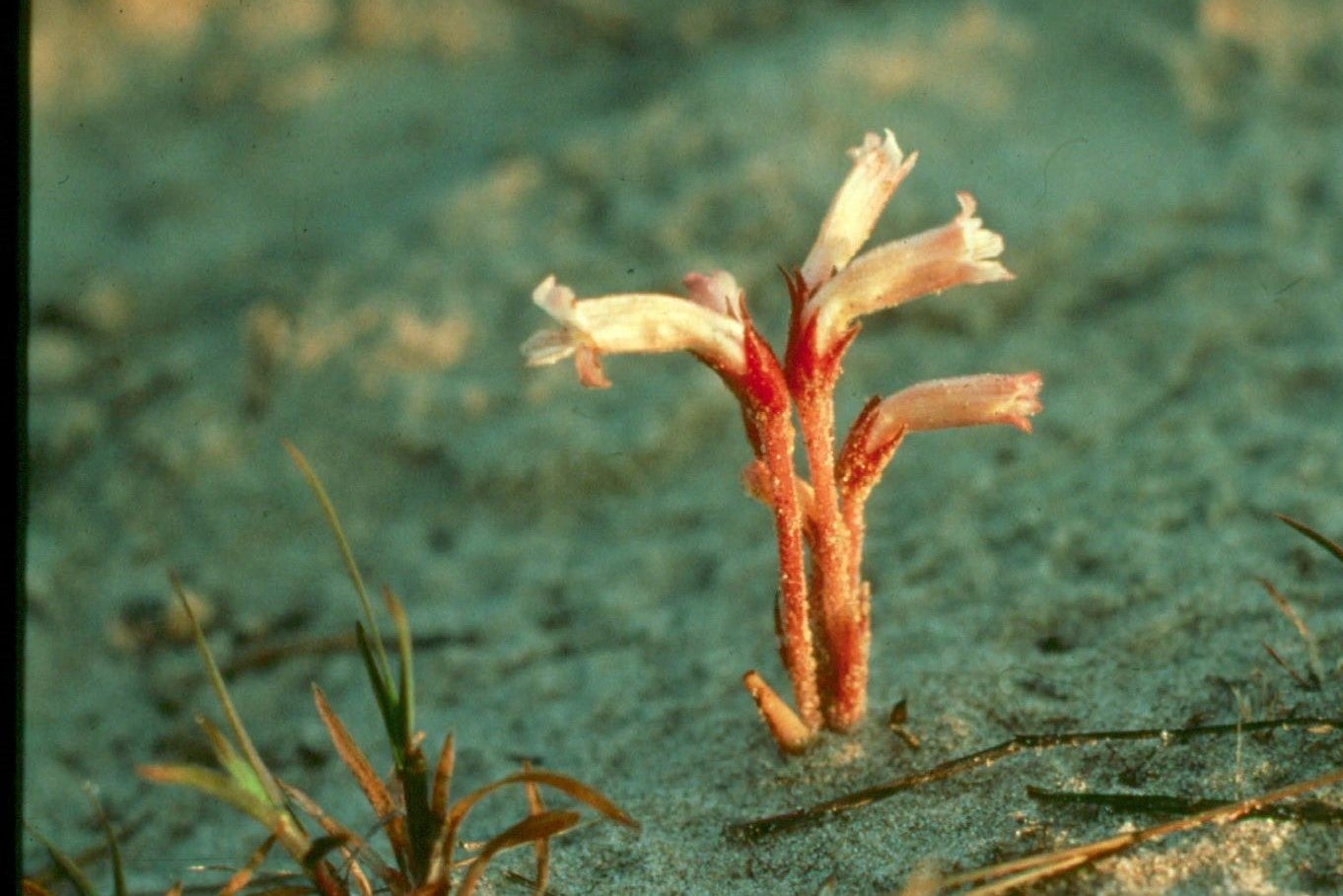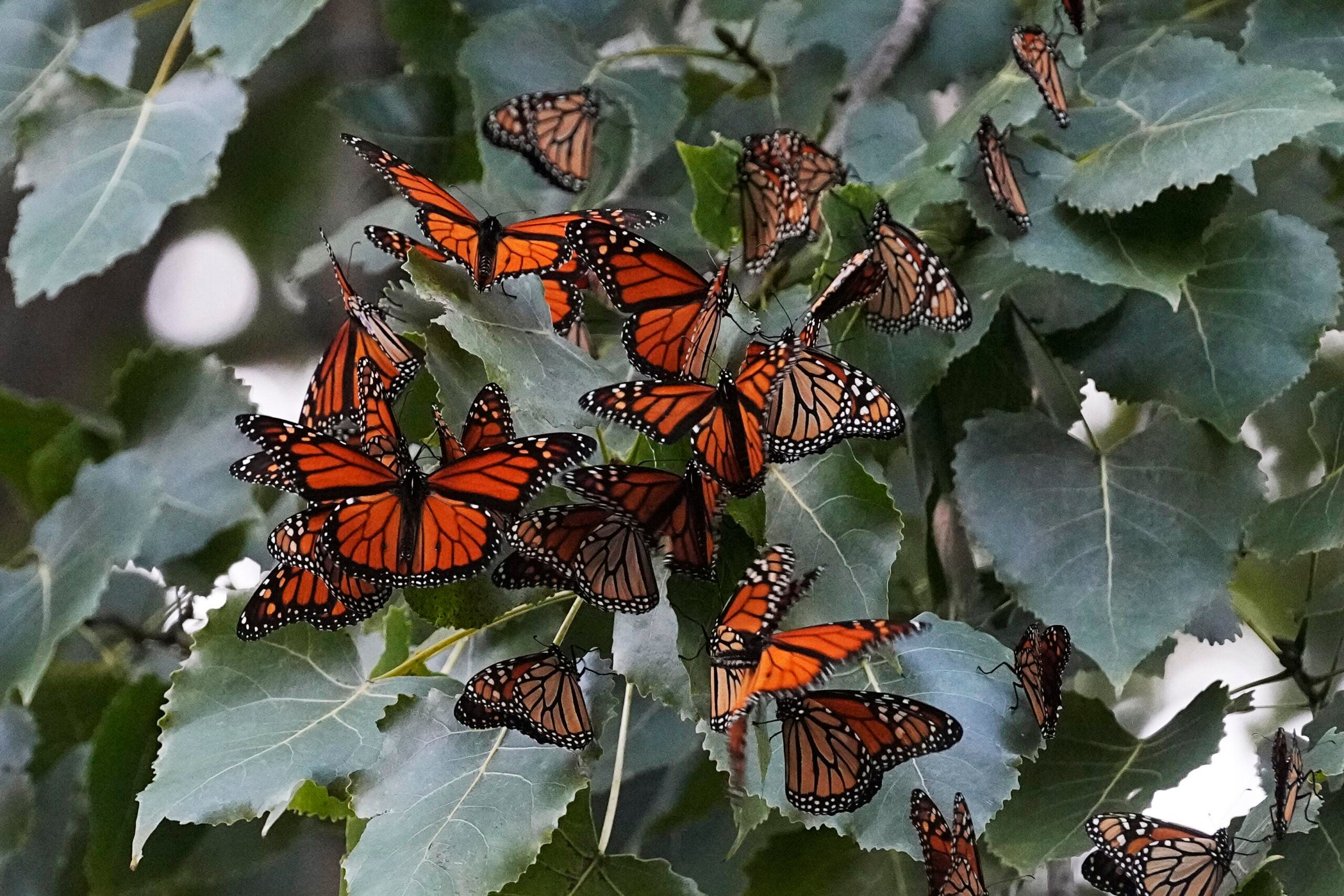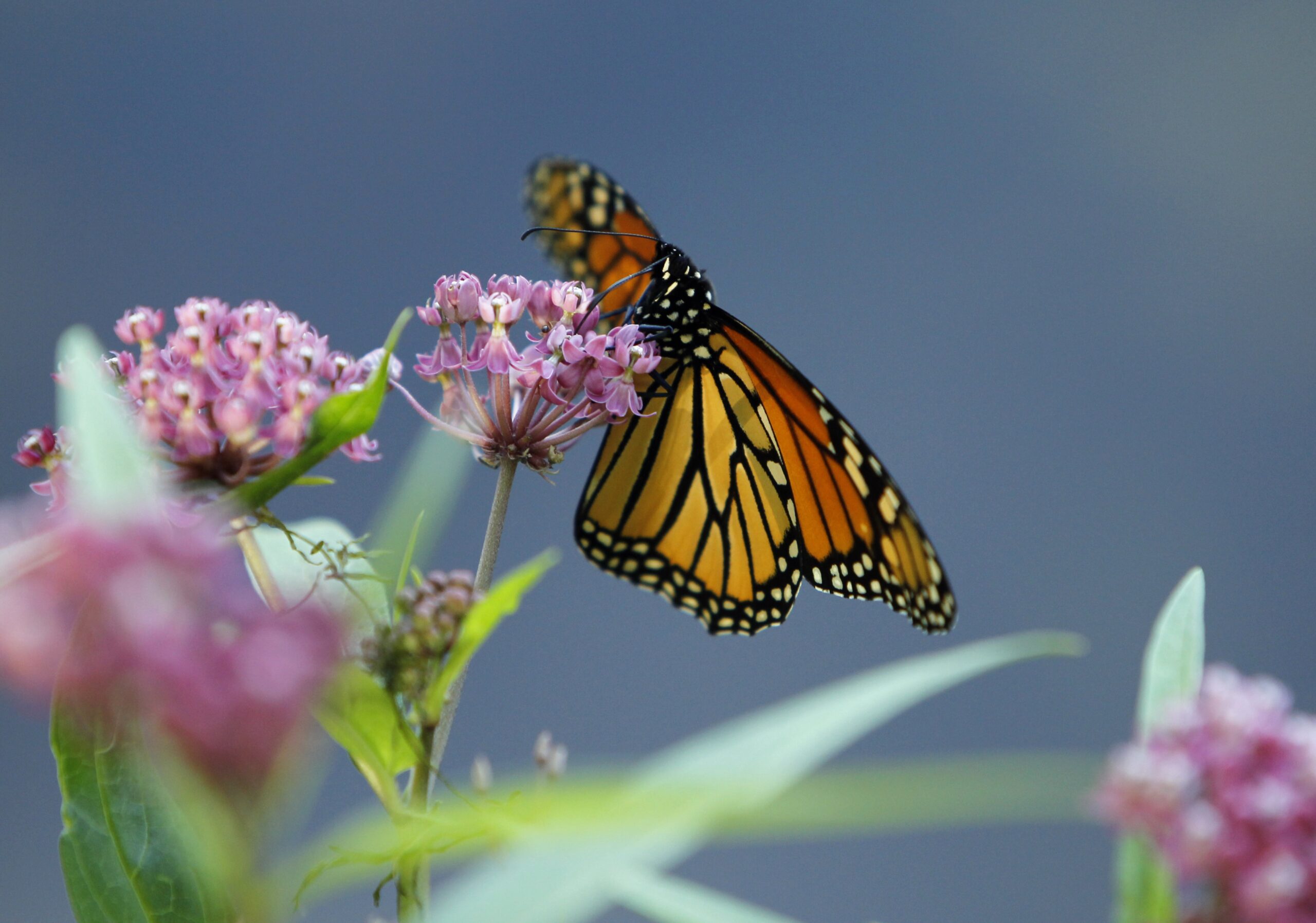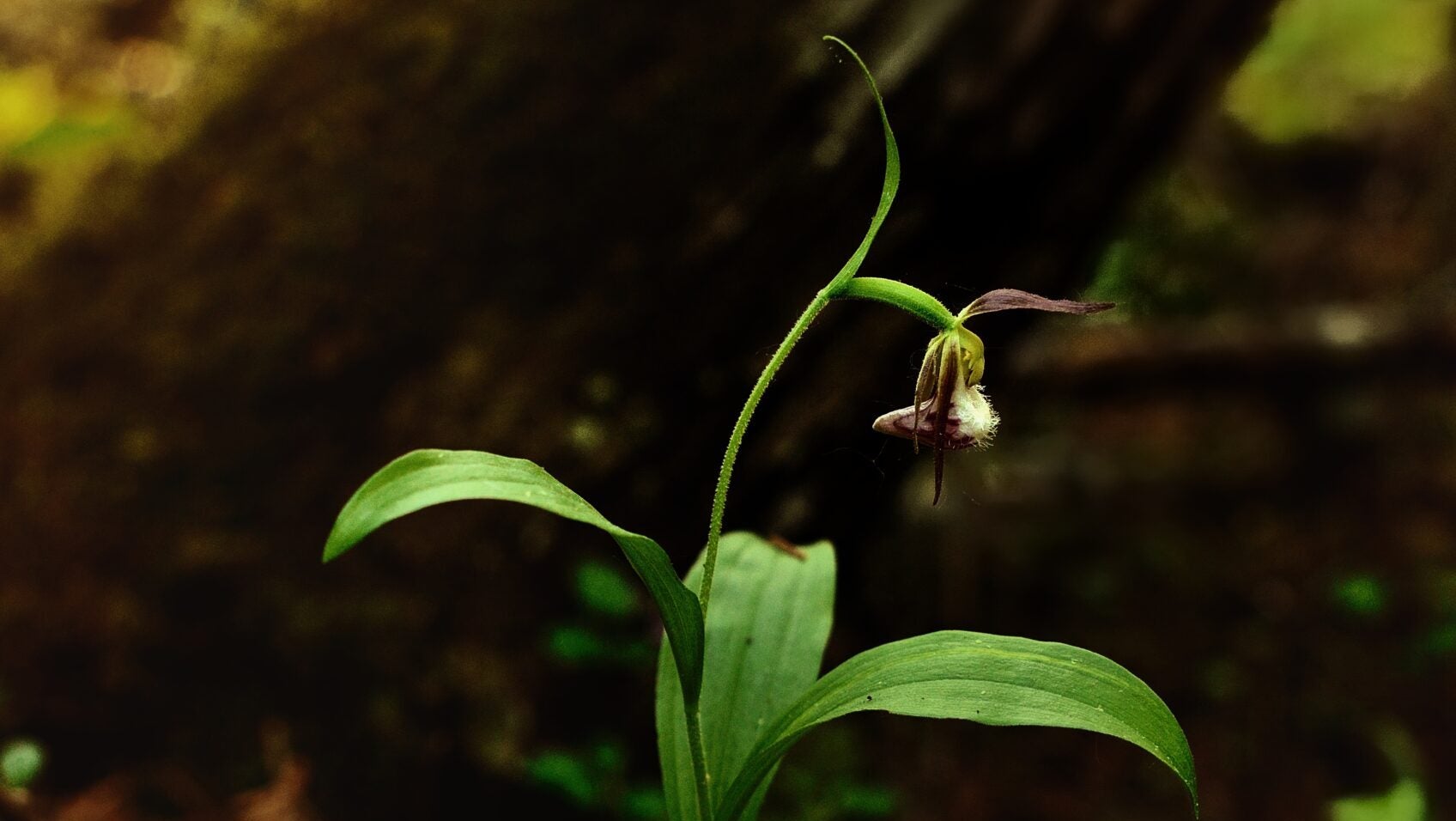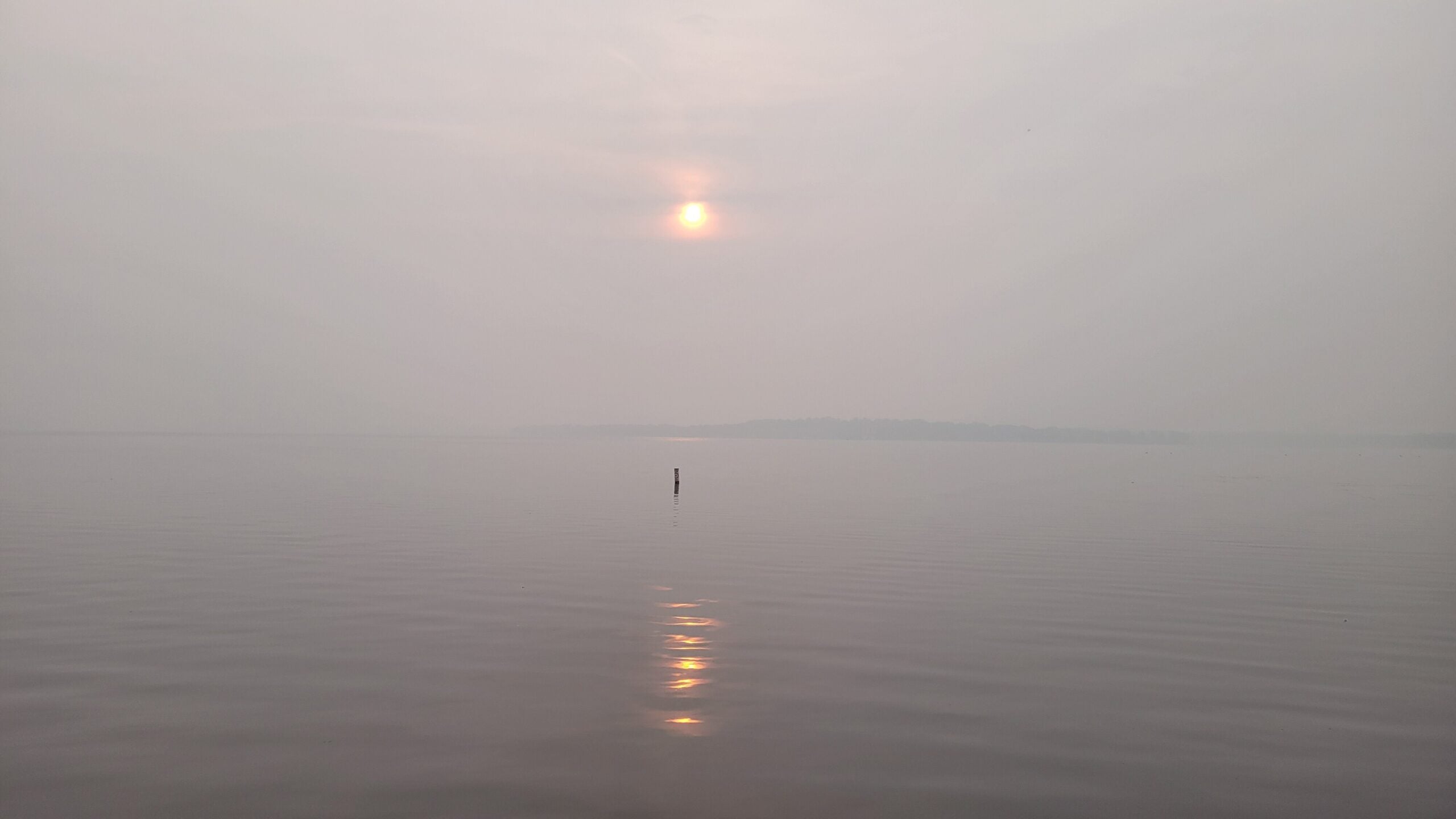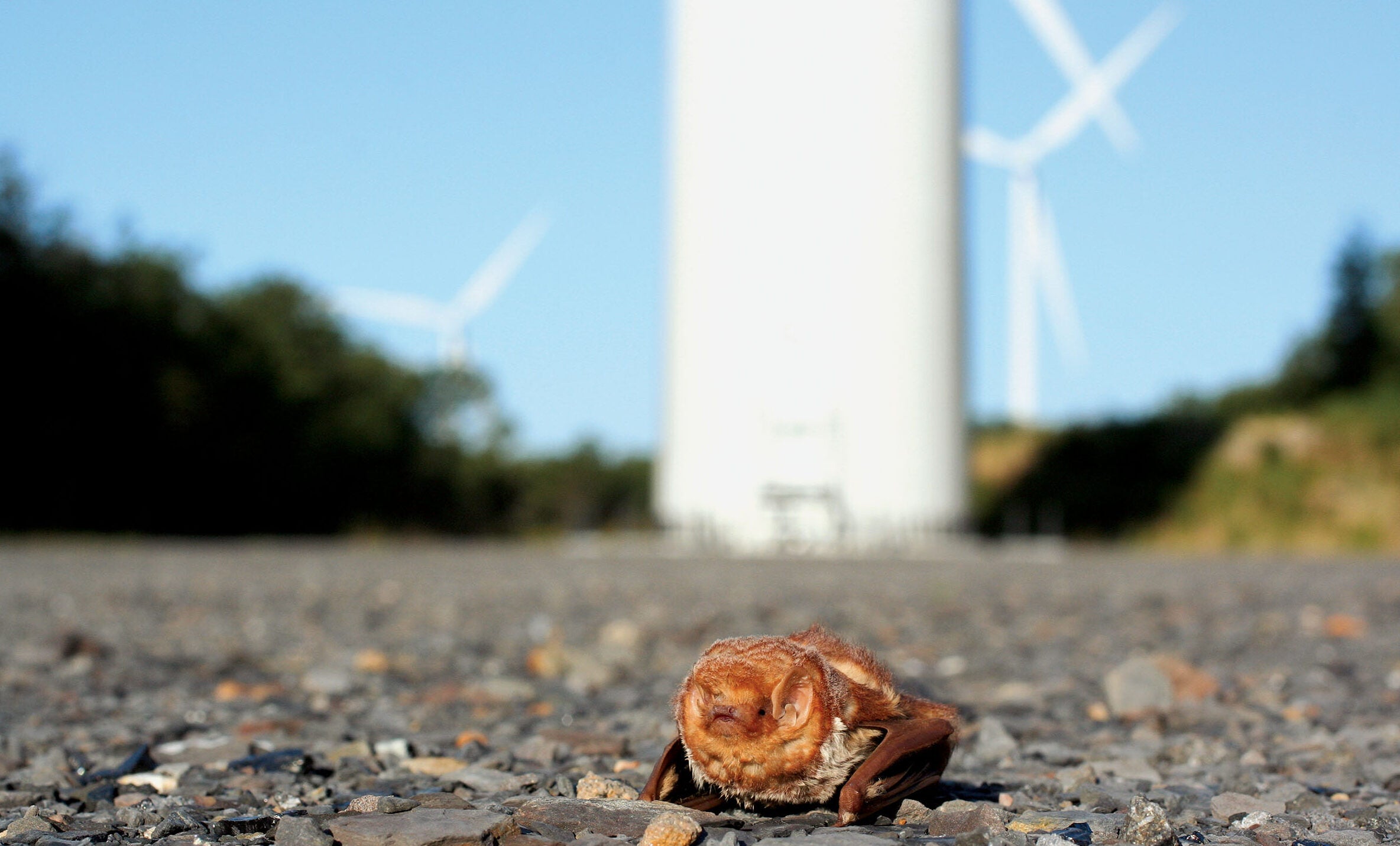Tom Underwood from Oshkosh has been helping to look for rare plants in Wisconsin for several years through the state Department of Natural Resources Rare Plant Monitoring Program. Volunteers get a list of rare varieties to look for, and one unique plant stood out to Underwood: clustered broomrape.
The tiny plant ranges in color from maroon to yellow and has a single skinny bloom on each stem with almost no leaves. Standing only a few inches tall, clustered broomrape is parasitic and feeds off of the roots of other plants in dry prairies and sand dunes along Lake Michigan.
“The plant is unique in itself, just being a parasitic plant and being very small and non-green,” Underwood said. “It was probably the habitat as much as anything that drew me to seek this out, because the dunes are just such a fascinating place to walk among.”
News with a little more humanity
WPR’s “Wisconsin Today” newsletter keeps you connected to the state you love without feeling overwhelmed. No paywall. No agenda. No corporate filter.
The last time clustered broom rape was seen in Wisconsin was in 1979. Last June, Underwood decided to search the dunes along Lake Michigan for any signs of the plant.
“To my surprise, I encountered the first plants within five minutes of walking,” he said. “What I saw first was a withered stem from the previous year and I thought, ‘Jeez, I think that’s what this is.’ When I looked just a moment or two after that, I found live plants from this season.”
Underwood said he kept looking in the area, but didn’t find more than the cluster of three little stems. But his discovery was hailed as the most notable rare plant discovery in the state last year by Kevin Doyle, botanist for the DNR’s Bureau of Natural Heritage Conservation and coordinator of the volunteer program.
“It gives us hope that there are other places out there where it might be occurring,” Doyle said.
Doyle said clustered broomrape is a native plant in Wisconsin and is considered a threatened species in the state. He said it’s always been more common in states to the west and has only been documented in state records nine times. But he said it’s not clear why the plant hasn’t been seen in more than 40 years.
“A part of the story is habitat degradation,” Doyle said. “Because it relies so heavily on other species to survive, that really implies that it needs a healthy plant community.”
As recreation erodes a habitat or non-native plants take over, Doyle said that can disrupt the relationship between clustered broomrape and its host plant.
He said the fact it’s a parasitic plant doesn’t mean it’s a weed or causing harm to the habitat or other plants.
“It’s a good, native plant. It just happens to have a life history strategy where it doesn’t photosynthesize for itself,” he said.
Doyle said the plant’s rediscovery could mean the dune habitat on Lake Michigan has remained stable despite human development. Underwood agrees, but he also wonders if the rare species has always been there — people just forgot to look for it.
“It’s not a real showy flower,” Underwood said. “It’s not a rare orchid that people like to seek out. And it’s not the easiest habitat to walk through because it’s loose sand that’s on a slope.”
It’s not the first time in recent years that a rare plant has been rediscovered. In 2021, a volunteer found a rare cliff-dwelling fern in Sauk County that hadn’t been seen in the state in 90 years.
“Every year, there are these discoveries — or rediscoveries, really — of things that hadn’t been seen in a really long time,” Doyle said. “Important botanical discoveries are not just being made in the tropics. There’s a lot to still be found in Wisconsin. We don’t know everything about our flora, so there’s a lot of interesting and important finds that people can make just hiking around and botanizing.”
Doyle said volunteers for the Rare Plant Monitoring Program go through an online training on how to find and document rare plants. He said the data they collect helps inform the DNR’s habitat management decisions and helps ensure the more than 300 rare plant species in the state aren’t lost.
Wisconsin Public Radio, © Copyright 2026, Board of Regents of the University of Wisconsin System and Wisconsin Educational Communications Board.
